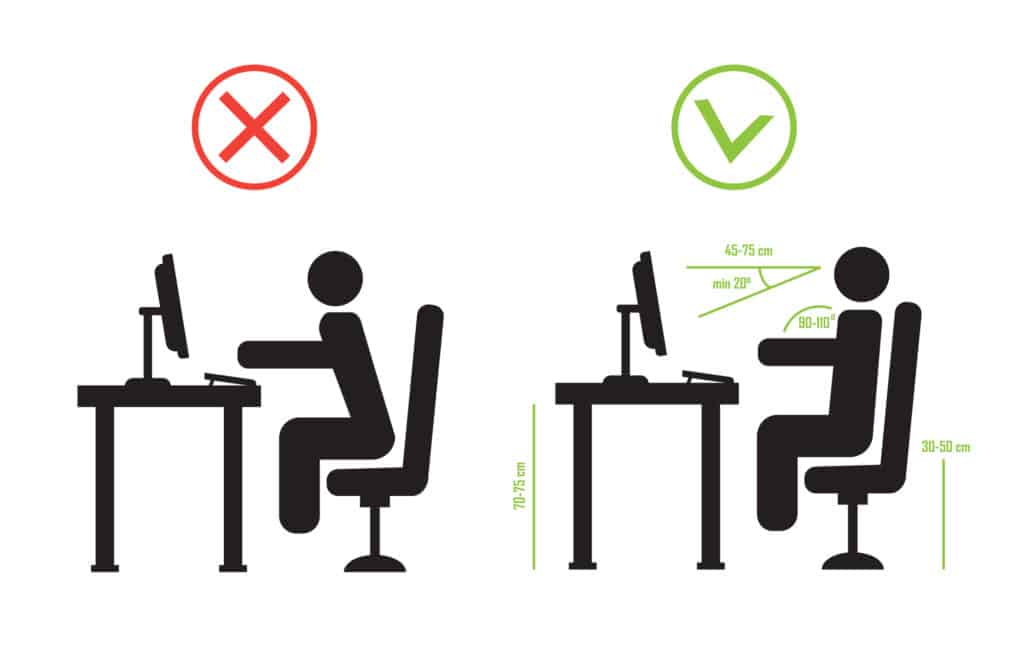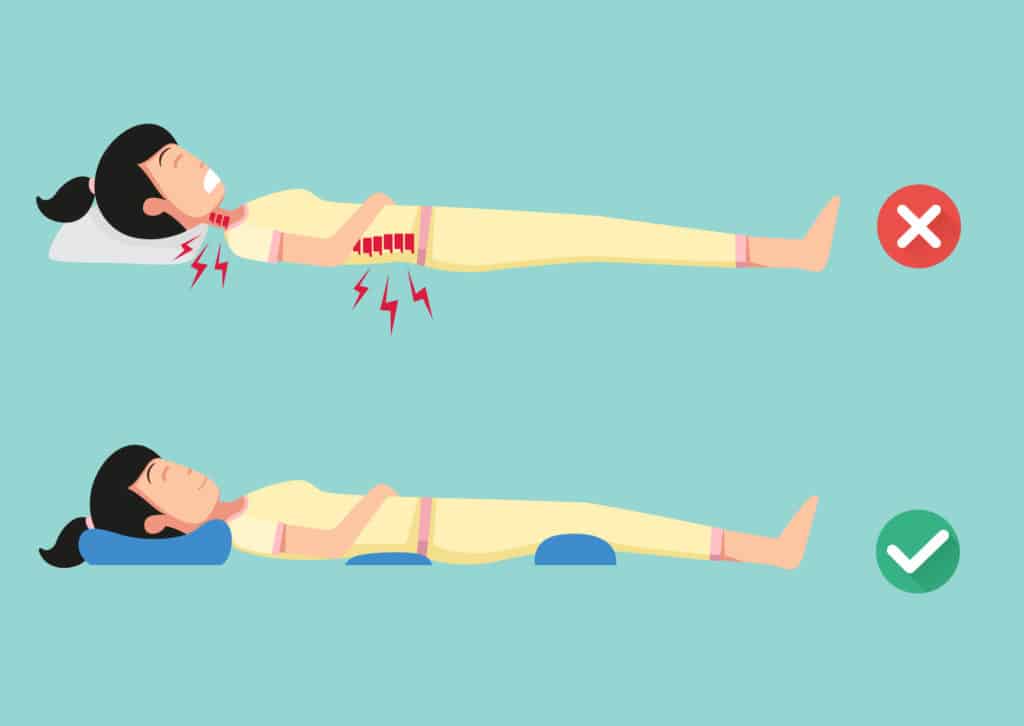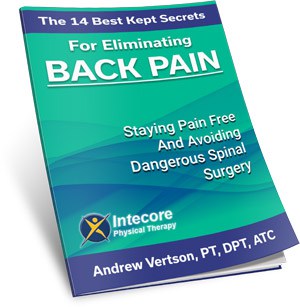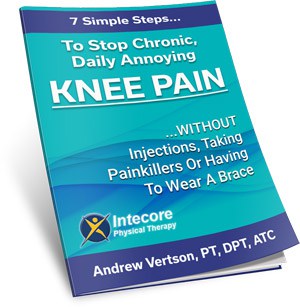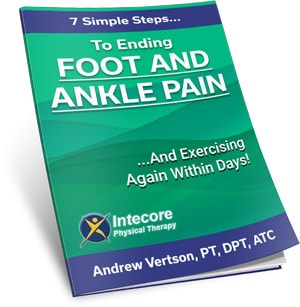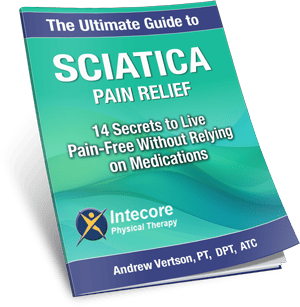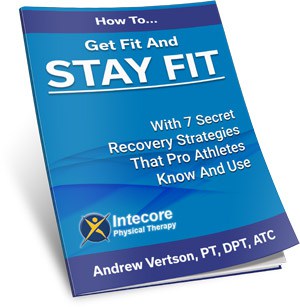 For example, do you slouch over your desk or sit in a twisted position?
For example, do you slouch over your desk or sit in a twisted position?
Bend too far forwards when walking?
Or wake up feeling stiff and sore?
All these things point to poor posture, which can negatively impact all aspects of your physical health when it happens every day.
But what can you do about it?
We know that maintaining a good posture during everyday activities is essential to remain healthy and preventing any sort of back-related issues that develop due to poor posture. To achieve good posture, you need to train your body to do things in a way that puts the least strain on your ligaments and muscles of the back and spinal cord while sitting, standing, walking, and lying down.
If you suffer from posture issues, physical therapy is one of the most effective ways to improve how you carry yourself during your everyday activities. Using physical therapy, you can improve your functionality and mobility, which also leads to better overall health.
Plus, when you can move correctly – using good posture – it decreases your risk of injuries. Maintaining a good posture has three key aspects – flexibility, balance, and strength. You can accomplish all three and improve your posture with the therapeutic movements and exercises we teach you in physical therapy.
So, for the best result, we recommend you book a free consultation with one of our physical therapists to learn how to improve your posture. But for the purposes of this blog, we will examine the methods you can use to maintain a good posture every day.
More Blogs From Intecore
Flat Feet: How Can Physical Therapy Help?
Tennis Elbow: What You Need To Know
Is My Chest Pain Serious And What Help Can I Get?
Understanding Good Posture
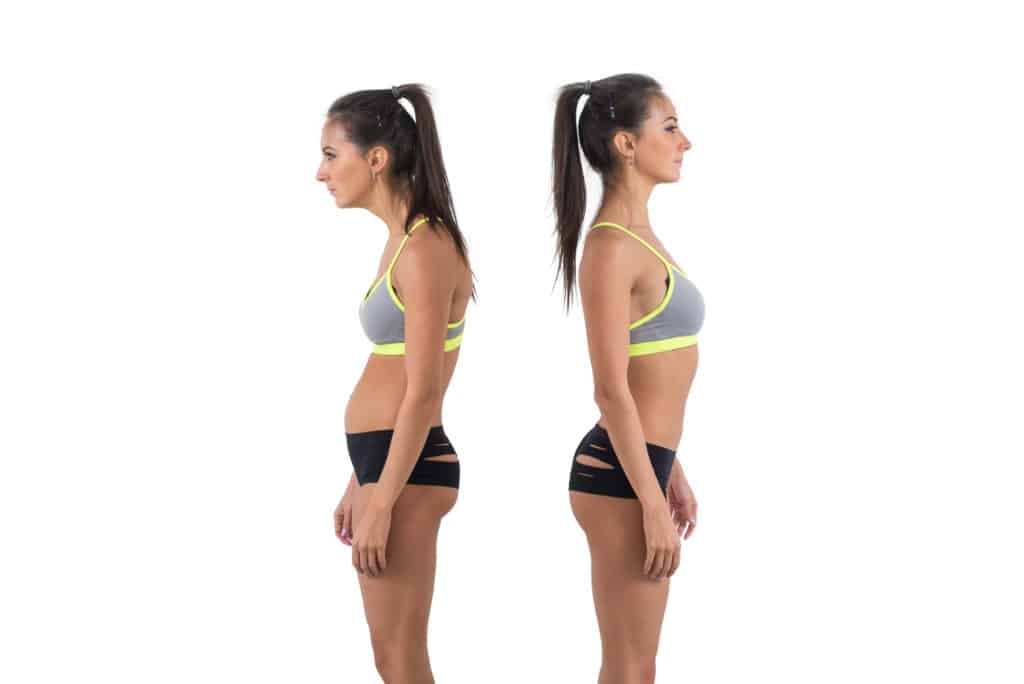
Your posture is the exact position you retain when walking, standing, lying or sitting, or doing any of the other activities you spend your days doing. Having a “good” posture means holding your body in a position that places minimal strain on the ligaments and muscles when you’re stationary and at rest or while moving and carrying a weight(s).
Having a good posture is beneficial for many reasons, but the main reasons are:
- It ensures that your joints and bones are aligned correctly and allows proper use of your muscles.
- It reduces the degradation of joints to prevent developing arthritis.
- It relieves strain on spinal ligaments.
- It protects the spine from deformation because of improper positioning.
- It helps to prevent fatigue due to the efficient use of the muscles, making less energy use.
- It prevents the occurrence of muscle and back pain.
But what’s important to remember is that good posture isn’t just sitting or standing up as straight as possible – you also need to respect the natural curvature of your spine.
How To Sit In The Correct
Position
Following these tips can help resolve back and neck pain and many other physical complaints. However, if the pain persists for more than a few days, consult a physical therapist to help you find and fix the root cause.
- You should always sit with your shoulders held back and an upright back. The buttocks must be against the back part of the chair.
- You should follow the natural S-shaped curvature of your spine when you sit. To do this, use a lumbar roll or rolled towel to support your lower back when you’re sitting for long periods.
- The weight of your body should be equally spread out across both hips. Try not to lean or balance your weight on one side more than the other.
- Never cross your legs. Keep your knees even and at a right angle – a little raised above the hips. To do this, you can use a stool as a footrest.
- Always place your feet flat on the ground.
- Do not sit in the same position for longer than half an hour.
- While at the office, adjust your computer and chair so it is possible to sit close while tilting the screen upwards. Always rest your arms and elbows on the desk or chair while you hold your shoulders back.
- If you sit on a rotated chair, avoid twisting at the waist and turn the entire body instead.
- If you need to stand at regular intervals while seated, shift to the front of the chair first. Then, get upright and straighten the legs. Do not bend at the waist. Also, practice stretching exercises when you stand to prevent being seated for too long at any time.
When driving:
Driving is not great for your posture – especially when you drive long distances. Your arms must stay unnaturally outstretched, which can cause pain and other problems. It’s also easy to hunch forward over the steering wheel when you get tired, which puts extra pressure on your neck and spine.
- When driving, you should place back support for the curve of your spine against your lower back and keep your knees either at hip level or higher than the hips.
- To give your back curve more support, move forward towards the steering wheel. But make sure your seat is in a position that allows your knees to bend OK, and your feet can easily reach the pedals.
When Lifting Heavy Objects:
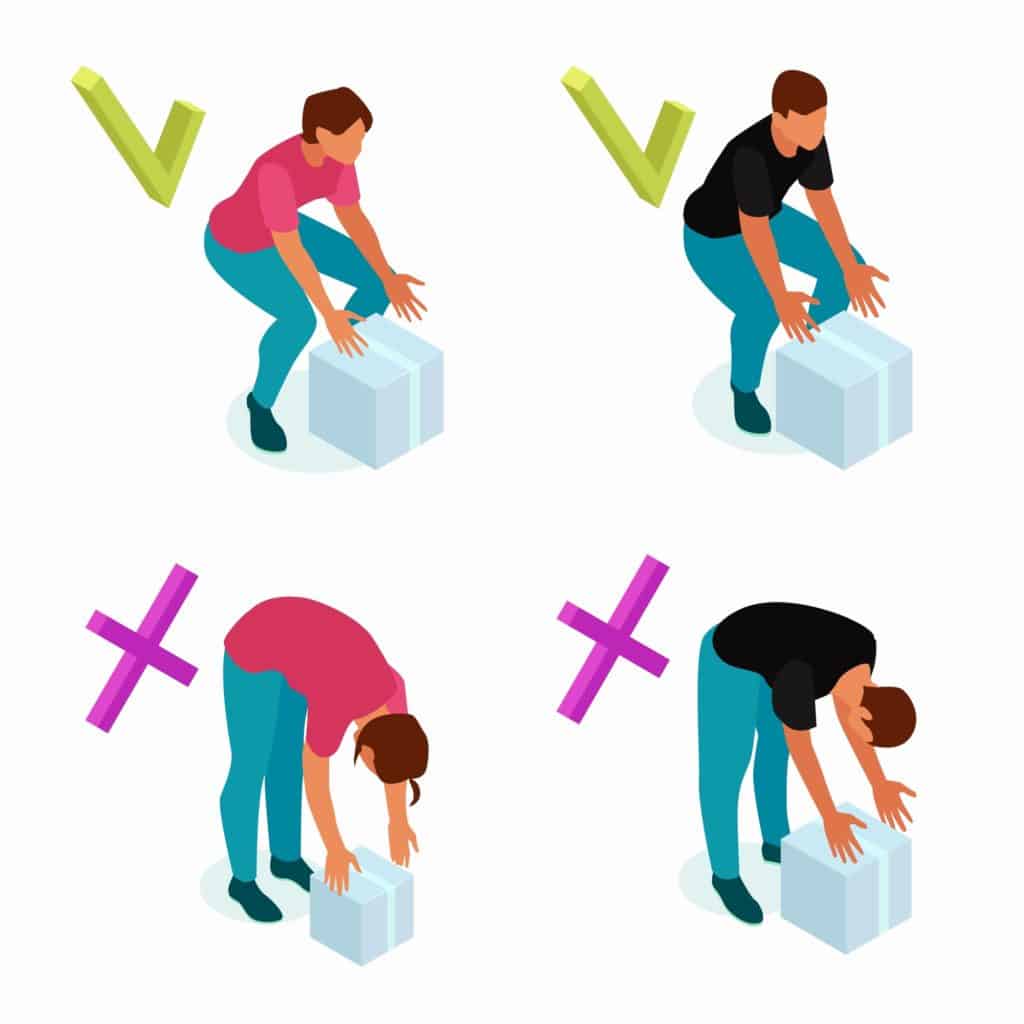
- Never carry more than 30 lbs, and don’t lift anything heavy in an awkward position.
- Make sure you firmly place your feet on the ground when lifting anything heavy.
- Keep your back erect and bend at the hips and knees when lifting anything lower than your waist level. Never hinge forward at waist level with straight knees.
- Place your feet firmly on the floor and stand near the object you want to lift. Keep your stomach tight when you lift the object. Straighten your knees steadily and lift slowly. Never jerk any object up to the body.
- Move your feet forward when lifting anything and remain upright without twisting your body.
- When lifting anything from a table, bring it to the edge to keep it close to your body. Keep your knees bent to remain near the object. Then slowly lift the object and stand upright.
- Do not carry anything heavy above the waist. Certainly, don’t try to lift it above your head – because that’s the fastest route to a back injury.
- When carrying heavy objects, bend your arms, hold them close to your body, and gently tighten your stomach muscles. Then move forward with small steps.
- When you place the object down, bend your knees and hips while lowering it down.
When Lying down or sleeping:
Maintaining a good posture when you’re asleep might not seem important. But poor sleeping posture is one of the biggest causes or back and neck problems.
- Whatever position you choose to sleep in, place your pillow under your head, not your shoulders. Plus, your pillows’ thickness should allow your head to rest normally.
- When you’re lying down, always make sure that you maintain the natural curvature of your spine (e.g., when on the back, place support under the lower back and a pillow beneath the knees, while on the side, keep the knees bent slightly). Never draw the knees upwards towards the chest when lying on one’s side. Try not to sleep on the stomach more so if the mattress is not firm, as it can strain the back and cause a neck crick.
- Look for a mattress that is firm and doesn’t sag. You can place a thin board for support beneath the mattress if necessary. Using the mattress on the floor is also another option. If you are used to sleeping on a soft mattress, it might take some time, but the extra effort is worth it for the future health of your neck and spine. Be selective – don’t just go for the cheapest/easiest option. Instead, choose a medium-soft mattress that offers the right support to the back.
- Use support in your lower back region when possible to sleep more comfortably. Use a bolster, pillow, or even a rolled towel to do this.
- When it is time to get up, switch to your side, pull up both knees, and move your legs towards the side of the bed. Prop yourself up with your hands, and do not bend at the waist.
If you would like some help to improve your posture, you can book a free consultation here.
- Are You Experiencing Shoulder Pain from Sleeping Wrong? - October 21, 2025
- How Many Hours of Sleep Do You Need for Recovery and Injury Prevention? - September 8, 2025
- Can Physical Therapy Help You Avoid Surgery? - August 1, 2025


